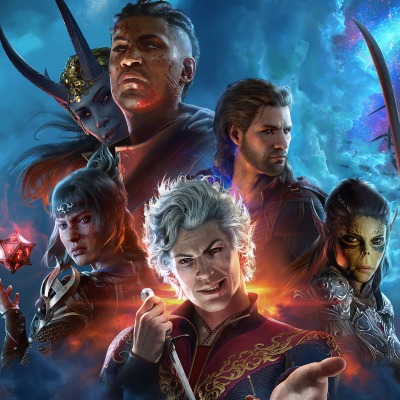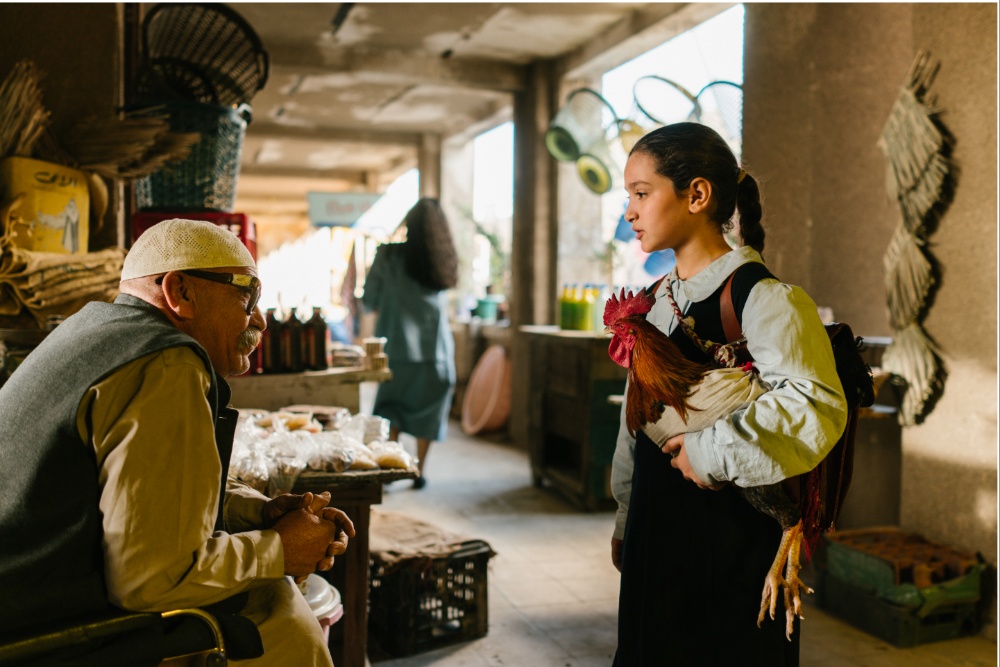OG Fallout artist Leonard Boyarsky says The Outer Worlds 2 almost had its own ‘old school Obsidian’ evil ending, but it took too much effort for too little payoff: ‘I love making these types of games, but it is very stressful’

I really love The Outer Worlds 2—so much so that even after reviewing it, I’ve already started my second character. One thing that stood out to me, though, is that you can’t side with the Arcadia system’s resident collectivist surveillance state, the Protectorate—you can’t even earn or lose reputation points with them like the other factions, and Protectorate NPCs are almost uniformly hostile.
According to creative director Leonard Boyarsky, it was fairly late in development that Obsidian cut off this path.
“In this one, we’re like, Okay, now we’re going to do old school Obsidian, Troika, old Interplay,” Boyarsky said in an interview with PC Gamer. “We really wanted to harken back to that—which was what me and [Fallout 1 director Tim Cain] originally wanted to do with the first one.”
Before joining Obsidian, Boyarsky and Cain left Fallout developer Interplay to start their short-lived RPG studio Troika, where they made Arcanum: Of Steamworks and Magick Obscura, The Temple of Elemental Evil, and Vampire: The Masquerade – Bloodlines. In our interview, he mentioned that The Outer Worlds 2’s director, Brandon Adler—whose credits with Obsidian include New Vegas and Alpha Protocol—was focused on New Vegas-style faction interplay as a priority.
To that end, the Protectorate was planned as a full-on faction and ending route from the start. Boyarsky likened their role to New Vegas’ much loved bad guy team, Caesar’s Legion, but problems arose when the game was already well into full production.
“There’s one inflection point where we’re like, OK, let’s plan out exactly all the different things we’re gonna have to deal with,” said Boyarsky. He described a moment in development where he and another senior dev mapped out the flow, major choices, quests, factions, everything the player would be able to do in the game. It seemed to fit together well and be feasible within their remaining time and budget.
“These are people who have had 50 years of experience or something between us and we’re like, okay, this is really solid. We know a couple edge cases are gonna come up, but this is solid,” Boyarsky said. “No, it wasn’t. Stuff came up, let’s put it that way.”
When it came to deciding what to cut, the Protectorate questline and ending “wouldn’t have rivaled the other factions at all in terms of what you could do, even in the original plan,” according to Boyarsky. “There wasn’t any content that I was like … I’m really going to hate to lose.'”
“That’s just the nature of it, though, because for us to make a game with the kind of reactivity we are putting into this, and the freedom for the player, and letting them craft their experience for themselves,” Boyarsky said. “It’s the downside of development, I guess, that you get a lot of times you end up having to put a lot more time into certain things than you thought, because we’re loath to cut off things in an artificial way. Sometimes we have no choice, but sometimes we’re like, okay, we’re going to put in the extra work.”
“I love making these types of games, but it is very stressful. There’s a lot to keep track of,” Boyarsky said later in our conversation, referring to how The Outer Worlds 2 lets players do some of the game’s quests out of order. “We want a way to finish this. We want a way to make it polished, no matter what you pick.”

2025 games: This year’s upcoming releases
Best PC games: Our all-time favorites
Free PC games: Freebie fest
Best FPS games: Finest gunplay
Best RPGs: Grand adventures
Best co-op games: Better together


